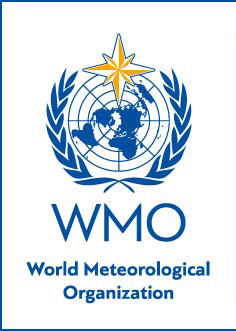WMO RAF celebrated 2023 World Meteorological Day with Members

The WMO Regional Office for Africa (RAF) joined Members of the Organization in the Region to celebrate the World Meteorological Day. This is a day every year, the Organization commemorates the coming into force of the Convention that established the World Meteorological Organization. On this day, it showcases the essential contribution of the National Meteorological and Hydrological Services to the safety and well-being of our society. The day is marked with activities around the world.
The theme chosen for this year's celebrations is ‘The future of weather, climate and water across generations”. Like previous years, it reflects topical weather, climate or water-related issues around the globe.
This year’s celebration is unique, as it serves as a reminder of the International Meteorological Organization – the precursor of the World Meteorological Organization –established in 1873, an era when pollution from industrial and human activities was at its beginning. The philosophy has driven the work of the world’s meteorological community since then. It has remained a guide that translates science into services for the society for the present and future generations.
All through this time, National Meteorological and Hydrological Services have worked around the clock to collect and standardize data which underpin the weather forecasts we now take for granted. The history of WMO data exchange is a remarkable story of scientific vision, technological development and, most of all, of a unique cooperation System to serve society.
The WMO State of the Climate 2021 Report shows that extreme weather, such as floods, droughts, heatwaves and storms, led to hundreds of billions of dollars of economic losses and wreaked a heavy toll on human lives and well-being. The IPCC’s Sixth Assessment Report on Impacts, Adaptation, and Vulnerability recognized early warning systems and disaster risk management activities as key cross-cutting adaptation options that enhance the benefits of other adaptation measures when combined.


